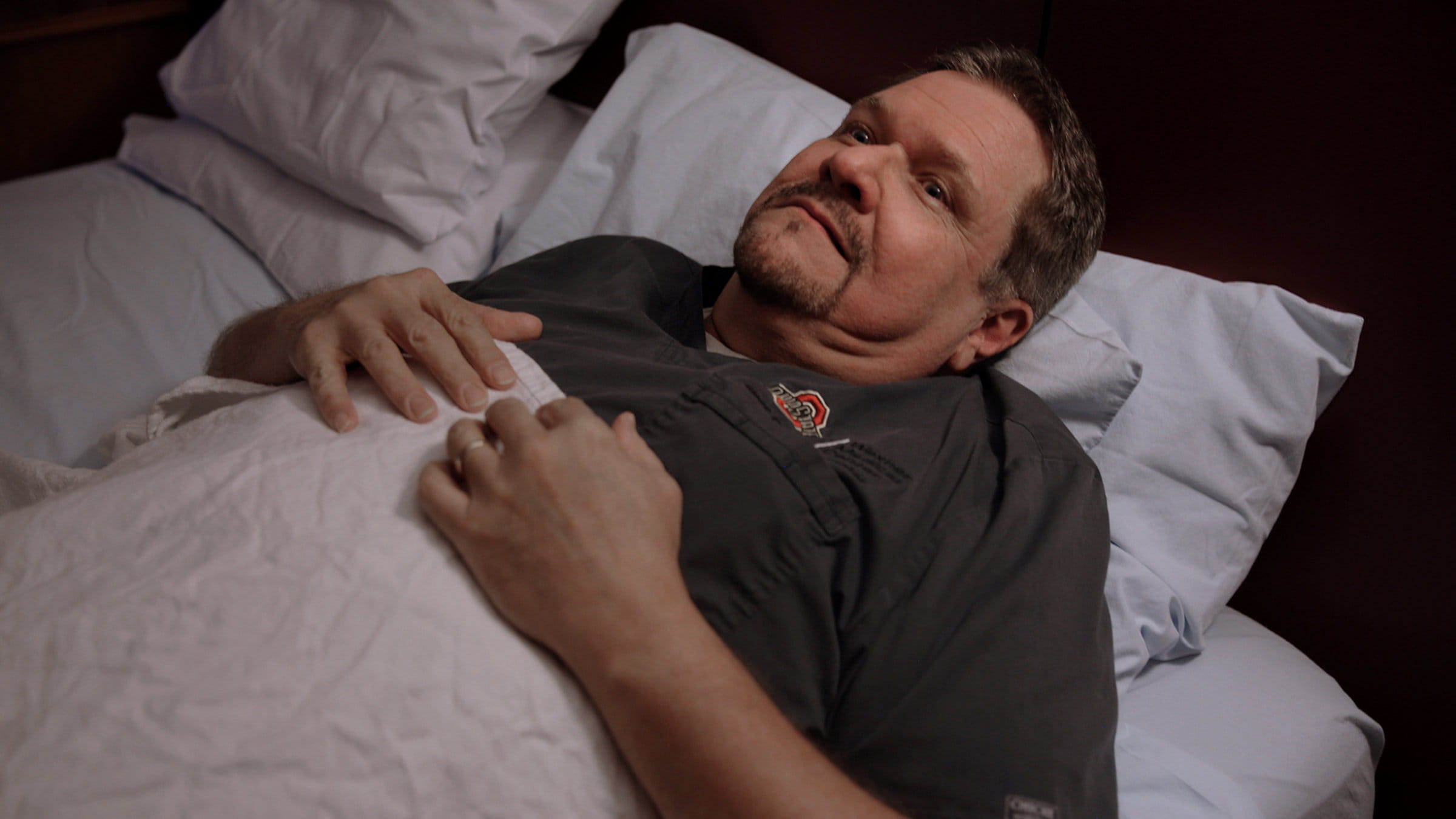
It can be a scary experience if you don’t know what’s going on with your body.
You wake up, but you can’t move. You may feel like something is sitting on your chest or that you’re sinking into your mattress. You might even see something or someone sitting on your chest — or you’ll witness some other figure lurking in the room.
It makes you wonder if you’re really awake or if you’re still dreaming. Why can’t you move? Are these visions actually real?
There’s a medical explanation for it, though. And learning what’s really going on during such an episode could help calm your anxiety if it happens to you.
Sleep paralysis is the term for that feeling when you seem to wake up, but you’re frozen. Some people might also experience hallucinations. These visions may seem particularly real because they straddle the boundary between wakefulness and dream sleep.
What happens to the body
There are two parts of every sleep cycle: rapid-eye movement (REM) sleep and non-REM sleep.
In the first part, non-REM, you gradually drift through three stages of sleep. With each stage, your breathing pattern grows more rhythmic and you become less likely to awaken, even from loud noises.
Following those three stages is REM sleep, when dreaming occurs. During this stage, a neurotransmitter called glycine helps put your body into a temporary stage of paralysis. Your body can still move involuntary muscles, such as the diaphragm responsible for breathing, but your arms, legs and other voluntary muscles will be kept still. This prevents you from acting out your dreams and hurting yourself or your bed partner.
If you awaken suddenly from REM sleep, that glycine-mediated paralysis may still be in effect, even though you’re now conscious. During this period, you might not be able to move for a period of several seconds to a few minutes.
As for the sensation of something sitting on your chest, that’s usually because of the way breathing is regulated in REM sleep. Because your body has been limiting your diaphragm to rhythmic, shallow breaths, you might feel like you can’t breathe deeply – as if something is pressing down and keeping your lungs from filling up with air.
Some people also experience hallucinations during sleep paralysis. When visions happen as someone is just coming out of sleep, they’re called hypnopompic hallucinations. These vivid fragments of dreams can be confusing and frightening, especially if you’ve woken up because of a disturbing nightmare.
Some sleep researchers believe hypnopompic hallucinations can explain stories of nighttime alien abductions or demons visiting the bedroom.
Why does sleep paralysis happen?
All of these symptoms happen because of sleep inertia — the bodily mechanisms involved in sleep haven’t quite caught up with the fact that you’ve woken up.
The basic cause, though, usually relates to poor sleep. For most people, sleep paralysis happens because they have had irregular sleep patterns and are now trying to return to a regular sleep schedule. It can also be caused by anything that spurs frequent awakenings (e.g. chronic pain, substance abuse, frequent trips to the bathroom, disturbing nightmares or nicotine withdrawal in smokers).
You’re more likely to encounter sleep paralysis if you’re under a lot of stress or have experienced threatening or traumatic life events. People with post-traumatic stress disorder (PTSD), for example, are much more likely than the average person to have episodes of sleep paralysis.
How to prevent sleep paralysis
Addressing the underlying cause of frequent awakenings is the best treatment for sleep paralysis.
Those with underlying conditions, such as a history of trauma, may benefit from psychotherapy. The PTSD medication Prazosin also has been effective in reducing the trauma-induced nightmares that may lead to sleep paralysis.
For most people, the best method is simply keeping a regular sleep schedule. Most of us are sleep-deprived. Pick a regular bedtime that works for you, and make it a priority to get the number of hours of sleep that leaves you consistently feeling refreshed throughout the day. Most adults need seven to eight hours, but some need nine, or as few as six or seven.
Sleep paralysis itself isn’t harmful to you, but frequent episodes can be linked to worrisome sleep disorders, such as narcolepsy. If the symptoms make you excessively tired throughout the day or keep you up at night, check with your doctor. They may refer you to a sleep specialist who can help you solve the problem.

Take charge of your sleep
Learn more about the causes of sleep disorders and treatment options available at Ohio State
Take charge today




